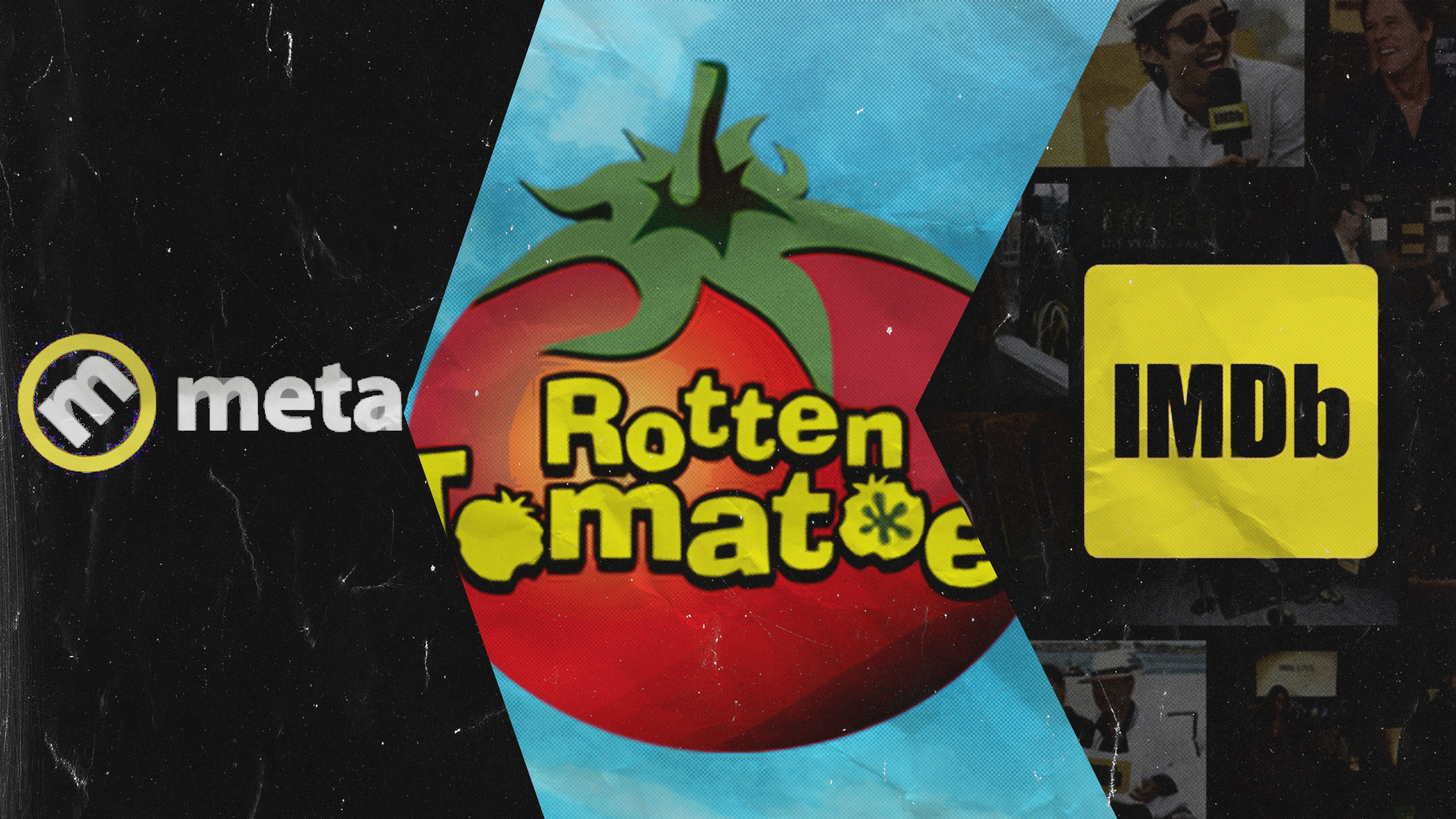Art, entertainment, literature, or anything that involves any form of creativity, in theory, will always be a subjective, unique, and personal experience for each viewer. As these art forms became more advanced and prevalent, there was a need for a more curated and professional approach to analysis and interpretation. In the entertainment industry, reviews or criticism became a critical part of the success or failure of a film, especially in today’s landscape. How did commentaries, opinions, and reviews turn from a social pastime to a profession that has the power to sway and shape the minds of hundreds and thousands of audiences worldwide to watch or snub a film?
The Origins of the Critical Eye
Film criticism is an art form that was birthed in the early 1900s as a means to share opinions about stories. In 1904, The Optical Lantern and Cinematograph Journal was hailed as the first publication that reviewed cinema but was mostly limited and focused on the technology used in filmmaking as opposed to the art itself.
As film became more sophisticated in the 1930s and the star system gained popularity, critics started taking this art form as a serious endeavor and were getting hired to write for renowned publications as well as invited to red carpet premieres. When criticism dramatically evolved in the 1940s, it transitioned into a long-form essay style that served as a source for people to make informed decisions as to whether the film is worth their time and money.
Film critics hold such a huge responsibility and power of making or breaking a film at the box office. Skilled film critics have the ability to carefully breakdown and analyze a film based on elements such as the plot, characters, directing, acting, cinematography, editing, theme, story structure, dialogue, sound, and its overall entertainment value.
In 1904, The Optical Lantern and Cinematograph Journal was hailed as the first publication that reviewed cinema
As film criticism became mainstream, it became an indispensable part of print media that gave rise to film critics such as Otis Ferguson, James Agee, Pauline Kael, Andrew Sarris, Peter Travers, and Roger Ebert among others. Since newspapers only allotted a single reviewer, their analysis sternly influenced the decisions of the public and there weren’t many options to find other reviews. Films were usually analyzed through a star-rating system to determine their merit.
Today, film criticism comes in all shapes and sizes. The emergence of the digital age and society’s passion to exercise their freedom of speech and simply express themselves blurred the lines between theoretical expertise and personal opinions and perspectives. Now, there is no shortage of film critics we could go to who could help influence our decisions whether to watch or pass on a film.
Furthermore, film students or aspiring entertainment professionals are mostly utilizing different social media platforms such as personal blogs, YouTube, Facebook, TikTok, and Instagram to review or critique films and TV series to develop a fan base or a kind of portfolio that exhibits their knowledge and critical eye for filmmaking in hopes of getting recognized by key players in the entertainment industry.

The Notorious Film Review Aggregators
Nowadays, the fate of films is in the hands of the press and media. A review from notable film review sites such as Rotten Tomatoes, IMDB, Metracritic, and Fandango could easily endorse or damage the reputation of a film, especially on its opening weekend.
Due to its powerful significance to audiences, studios and production companies have paid more attention to these sites and how they affect the performance of films. These websites have made it easier for people to get a gist of how a film played in less than a minute by developing a system that computes the percentage of positive film reviews from top critics.

Rotten Tomatoes is by far the most trusted site, garnering around 26 million hits around the world. It has a team of curators who are tasked to read thousands of reviews weekly, and it collects reviews from Tomatometer — approved critics and publications that produce the actual scores. When about 60% or more critics positively rate a film, it automatically earns an overall “Fresh” Tomato badge. Otherwise, it will get a “Rotten” green splat rating. Furthermore, a “Certified Fresh” badge is a special distinction given to the best of the best, and it must have a consistent score of 75% or higher plus maintaining the other requirements.
Metacritic uses a weighted average approach and gives a film a “Metascore” from 0-100. According to Metacritic, the Metascore is the weighted average from “published critic reviews contained in the chart on that page, and thus does not include any votes or comments from our users.” When a film reaches 81 or higher and has been reviewed by 15 publications, it receives a “Must-See” badge. Although, only about 5% of films on their site receive this “elite status.” They also use a color-coding scheme — green for favorable reviews, yellow for mixed reviews, and red for unfavorable reviews — to easily determine its rating without having to go through the trouble of interpreting numbers.

The Internet Movie Database (IMDB) is a platform that contains a massive library of films, series, and games that offers more than just film ratings. Its purpose is similar to a resume wherein you can find detailed information about any director, producer, writer, actor, and other crew members. It also includes the synopsis, trailer, behind-the-scenes, cast, and trivia about the film. In contrast to the previous film review sites, IMDB’s reviews come directly from its users, not necessarily published or professional film critics.
It uses a 10-point rating scale and “individual voters’ votes are then aggregated and summarized as a single IMDb rating. Users can update their votes as often as they’d like, but any new vote on the same title will overwrite the previous one, so it is one vote per title per user.” IMDB also includes a wide range of reviews gathered from pages such as Metacritic scores, newspapers, magazines, and online publications so users can be more informed.
While film review sites help audiences decide where to invest their hard-earned money, it’s not always the case for the studios, production companies, and filmmakers whose films have been sabotaged by reviews on these sites. In 2017, the year that produced high-budget tentpole films such as Blade Runner 2049, Wonder Woman, and Star Wars: The Last Jedi was surpassed by Lady Bird, an independent film that was the most highly-rated film on Rotten Tomatoes accumulating a 99% fresh rating. It might seem that Lady Bird was the film of the year according to the results on Rotten Tomatoes, but that year, Shape of Water ended up winning the Oscars for Best Picture. This demonstrates how film review sites could be misleading and detrimental to the fate of other films because audiences tend to snub them based on rating systems that are flawed (Weiss, 2018).
A review from notable film review sites such as Rotten Tomatoes, IMDB, Metracritic, and Fandango could easily endorse or damage the reputation of a film
Movie franchises seem to have been one of the worst victims of Rotten Tomatoes. In previous years, the Transformers series has always performed well at the box office on opening weekends, earning $100 million-plus in sales. However, when Transformers: The Last Knight (2017) was rated 16% on Rotten Tomatoes, it was evident that it affected its ticket sales as it only earned about $60 million on opening weekend. Pirates of the Caribbean also had its lowest ticket sales with only $46 million on the opening weekend which is believed to have been the result of a 30% rating on the site (Weiss, 2018).
Entertainment professionals are finding ways to fight back by outsmarting the system. Studios have a dedicated list that contains all the critics who are often known to give positive reviews. These critics are the ones invited for early screenings in festivals or are given the early screeners. Marketers believe that the positive reviews in the early stages will definitely create a domino effect of people getting excited and hyped for the film when it gets released to the public.
With all the competing film review aggregators, it has actually made it more difficult for audiences to decide whether a film or TV show is worth seeing. Not to mention, it’s not always a guarantee that the rating accurately reflects the quality of the film or experience that others may have as film is a subjective and personal preference. At the end of the day, these film review sites should be taken with a grain of salt and it is up to the viewer to decide and see for themselves whether a film is good or not.
We had the opportunity to interview one of the most prominent film critics in the entertainment industry, Stephen Farber, to give us a deeper look into the art of film criticism. Farber was the president of the Los Angeles Film Critics Association for four years and is currently a film critic for The Hollywood Reporter. Read it here.




